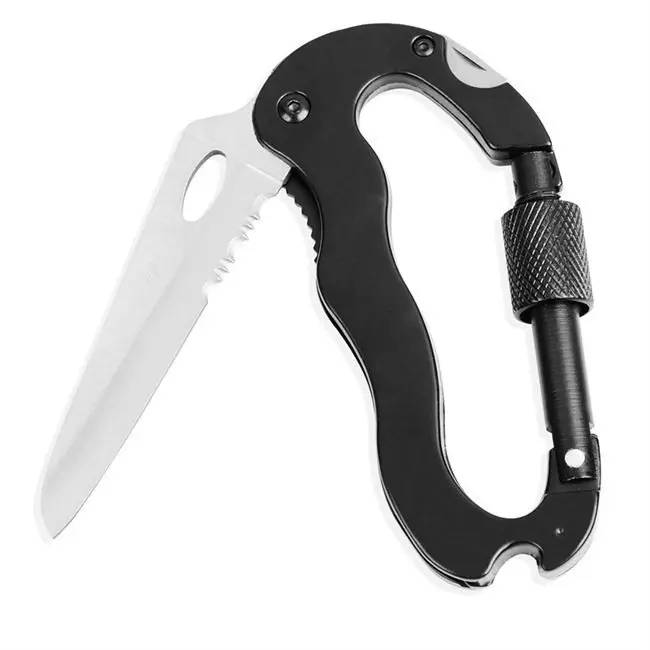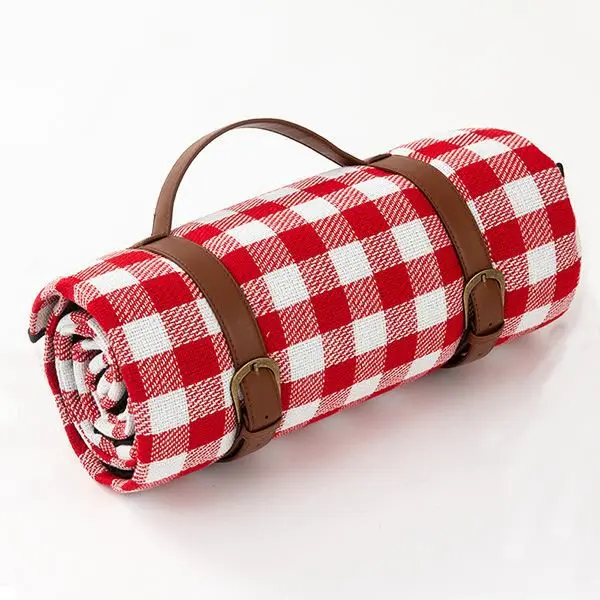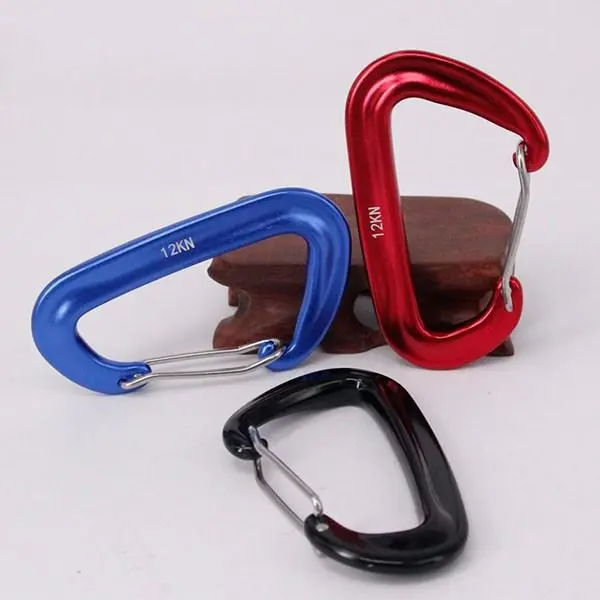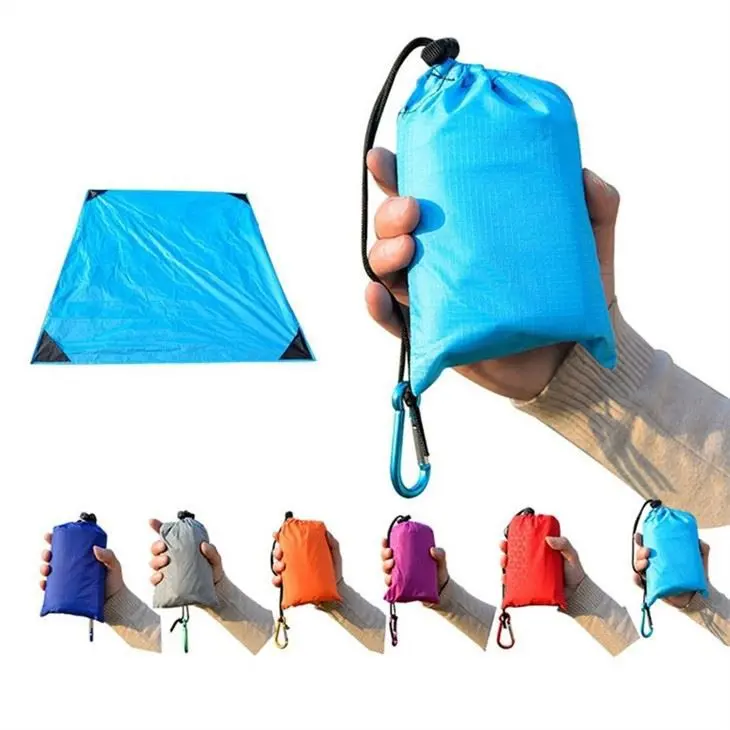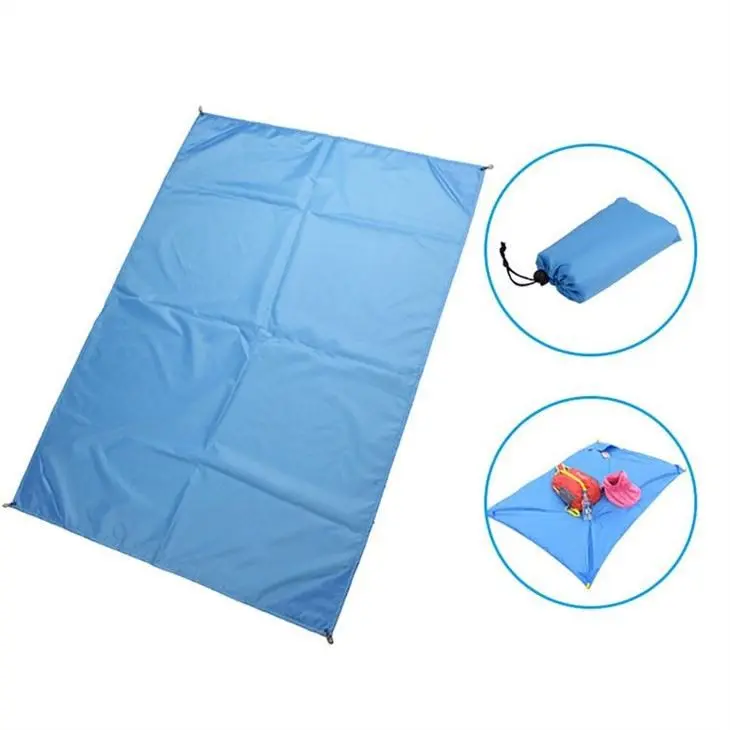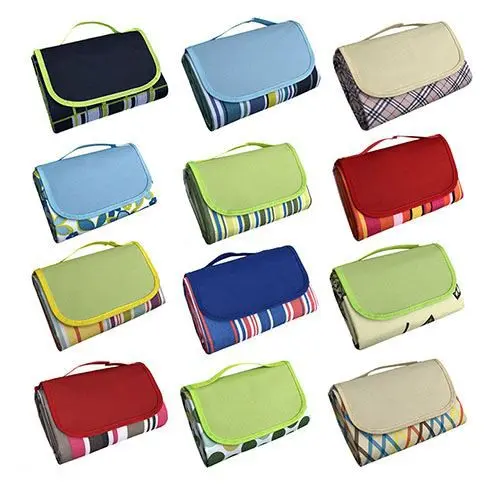Go camping, choose a tent like this
Spring is warm and the flowers are blooming. You might as well take your family and friends with you and go camping together to have a date with spring. However, if you want to have a "go and go" outdoor trip, you must keep up with the camping equipment, and how to choose the right tent is particularly critical. Please keep the following purchasing tips in mind!
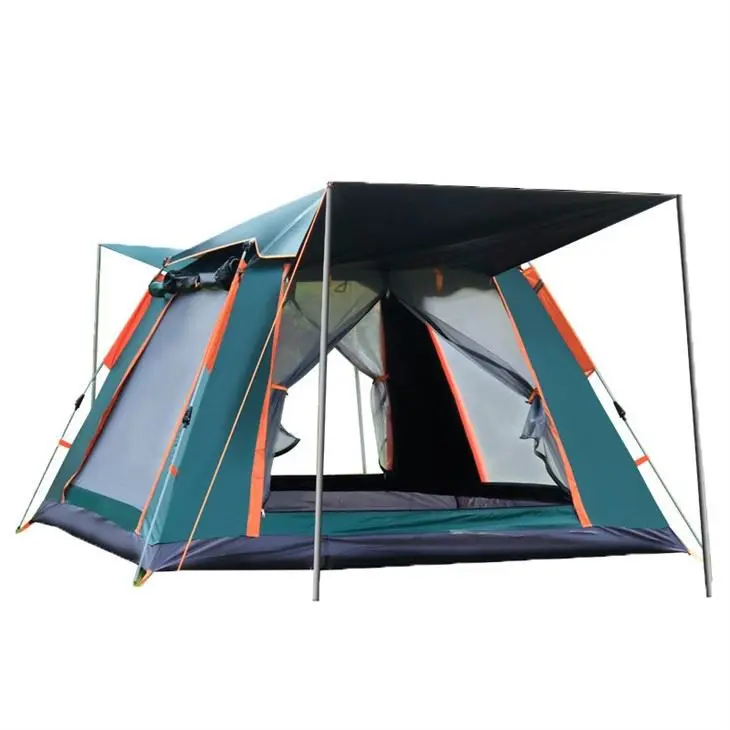
Convenience
The installation and disassembly of the tent should be quick and easy, saving time and effort. Imagine you are taking your family to the park for an outing, everything is ready, and you spend an hour or two setting up and dismantling the tent. The kids can’t wait for you to play with them! Therefore, it is recommended to choose a quick-opening tent, which is easy to set up, convenient and fast.
stability
The support frame of the tent is crucial to the stability of the tent. The support frame materials currently on the market are mainly fiberglass poles and aluminum alloy poles. In addition to different weights, different support frames also have different elasticity and ease of folding. . In addition, if the wind is relatively strong in the camping place, it is best to equip the tent with additional devices that can secure it, such as ground pegs and wind-resistant guy ropes.
comfort
According to the number of users, the size of the tent is also different. When the tent is sold, it is usually marked as a single tent, a double tent or a multi-person tent. When traveling as a family, for a more comfortable experience, you can purchase 1-1 more people than the actual number of users. Tent for 2 people.
ventilation
The tent should be able to maintain continuous air circulation and reduce the accumulation of exhaust gas. The inner layer of a single-layer tent or double-layer tent should be made of breathable fabrics. A double-walled tent should have effective ventilation between the inner and outer layers. Single-layer tents made of non-breathable fabrics must have at least one vent with an area of 100cm² for each person. The vents should be as high as possible and located on opposite sides of the tent.
pest control
There are many mosquitoes on the grass in summer and autumn. You should pay attention to preventing mosquitoes while providing ventilation. Therefore, when choosing, pay attention to whether the ground cloth, door and opening of the tent can isolate mosquitoes when closed, and whether the stitching at the seams is even and fine, and whether it is open. Whether there is insect net protection at all times.
Using a tent also has the benefit of preventing ticks. People in the tent can avoid ticks climbing directly from the grass. However, when closing the tent, check whether there are any ticks attached to the outside of the tent.
water proof
Generally, the waterproof level of tents used for sunshade is low, and the waterproof level of regular simple camping tents is higher. The waterproof level of tents used for a long time or for special purposes will be higher, so you should choose different waterproof levels according to your own usage scenarios. tent.
For example, it is marked on the label that waterproof 1000-1500mm h2o is generally used in sunny days or frequent short-term use, 1500-2000mm h2o can be used in cloudy or rainy weather, and 2000mm h2o and above can be used in all climate conditions, such as mountaineering and snow. climatic conditions or long-term residential use.

Little knowledge: There are two commonly used methods to test the waterproof performance of textiles, one is the water staining method and the other is the hydrostatic pressure method. The waterproof levels of the two methods are described in the following table for reference when purchasing.
Fireproof
Tents are made of different types of materials. Currently, some tents on the market lack fire protection grade markings and fire protection instructions. Consumers should not ignore fire protection issues when purchasing and choose carefully. For the sake of camping safety, please pay attention to the following when using:
· Observe the safety precautions for the use of heating devices. Do not place the heating device close to the walls, roof or curtains of the tent. Activities such as barbecues that use fire are best conducted downwind of the tent;
· Don’t let children play near the heating device and keep the tent’s exits clear.
Anti-UV
Ultraviolet rays not only cause skin sunburn, but also cause skin relaxation and aging, accelerate the formation of wrinkles, promote the formation of skin melanin, induce or aggravate various spots such as freckles and chloasma. Therefore, when camping in an environment with strong sunlight, the ability of the tent to resist ultraviolet rays is particularly important.
How to choose a suitable tent?
1. Check the logo. Check the tent label for information. The instructions and diagrams or diagrams provided with the product can help first-time users understand how to set up and maintain the tent. Generally, the more complete the information on the label, the better. Do not buy products with incomplete labels.
2. Select the structure. Structurally, tents can be divided into single-room tents and hall tents. The single-room tent is designed only for sleeping, and its advantages are small size and light weight. The hall tent type has an outer hall in addition to the sleeping space. In addition to being windproof and rainproof, it also leaves space for storing equipment.
3. Choose the number of layers. The advantages of single-layer tents are that they are lightweight and economical, and are mainly suitable for warmer areas or seasons; double-layer tents add an inner tent with better breathability and flame retardancy, suitable for cooler seasons; three-layer tents are suitable for use in cooler seasons. A layer of cotton tent is added to the inner tent to further enhance the thermal insulation effect. This type of tent is suitable for an environment of minus 10 degrees. After use, the temperature inside the tent can rise to about zero degrees.
4. Maintain it skillfully. Fire prevention: The first principle of tent maintenance is to avoid cooking inside the tent, especially if flammable materials are placed inside. Anti-wear: Try not to wear shoes into the tent. Mud or pebbles on the soles will contaminate and wear the tent bottom fabric. Moisture-proof: When entering the inner tent, you should take off your raincoat and wet clothes to avoid getting other items wet and keep the interior dry.
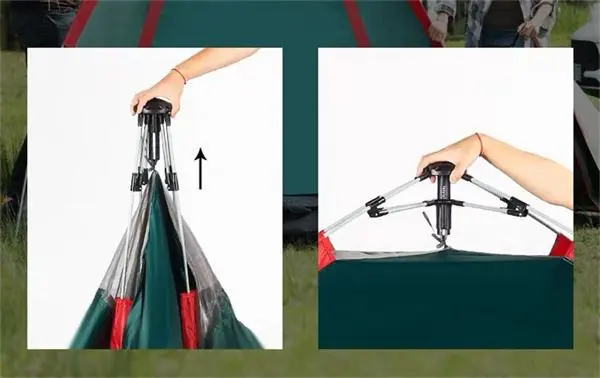
Warm tips
There are not many supporting facilities for a tent. It is recommended that you check in advance before setting off:
1. Whether the tent fabric is intact and not damaged.
2. Are the tent poles rusty and can they be connected normally?
3. Are the floor nails rusty and are they complete in quantity?
4. Whether the drawstring is broken and whether the quantity is complete.
If you are a novice and setting up a tent for the first time, it is recommended that you practice at home, mainly practicing setting up and folding the tent. Skilled building techniques can shorten the time you spend setting up the tent at the camp, and you can also learn about the tent in advance during the practice. Whether the accessories are complete, whether the components can be spliced and installed normally, etc.
In addition, when camping outdoors, you need to choose a suitable campsite. The best location is one with mountains and water. If there is no such campsite, you can also find a flat place.
1. Try to make the campsite as smooth as possible.
2. Remove stones, branches, roots, etc.
3. Stay away from dead branches and shrubs. Dead branches can easily fall off and injure people, and shrubs can easily breed mosquitoes.
4. Choose a place with a wide view.
5. Don’t get too close to rivers, beaches, etc. to prevent temporary surges in river water from flooding the tent.

